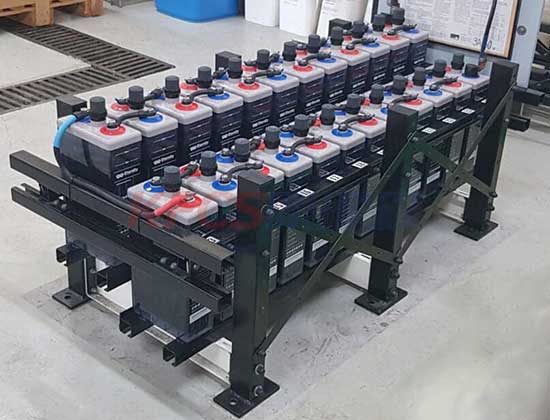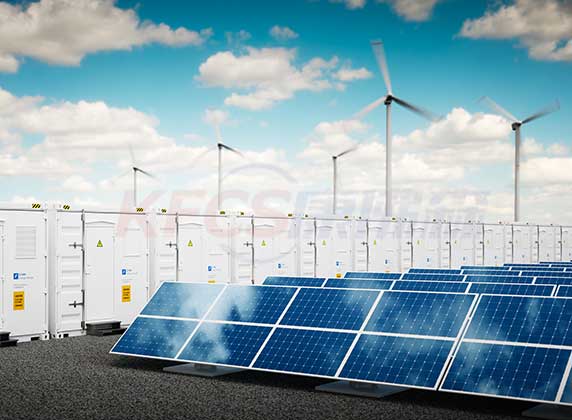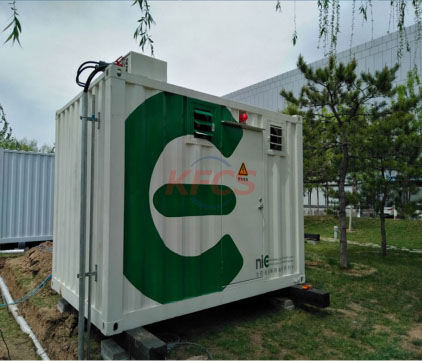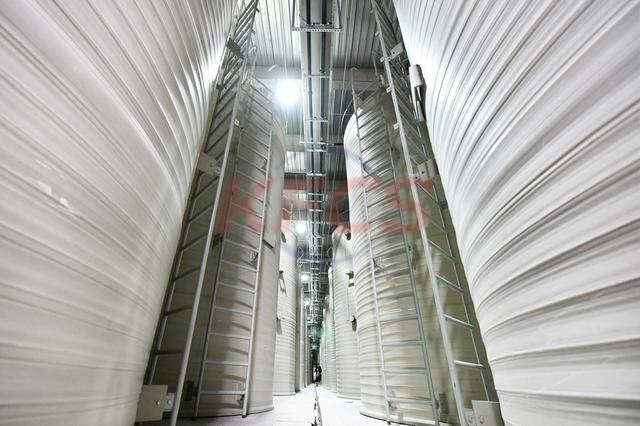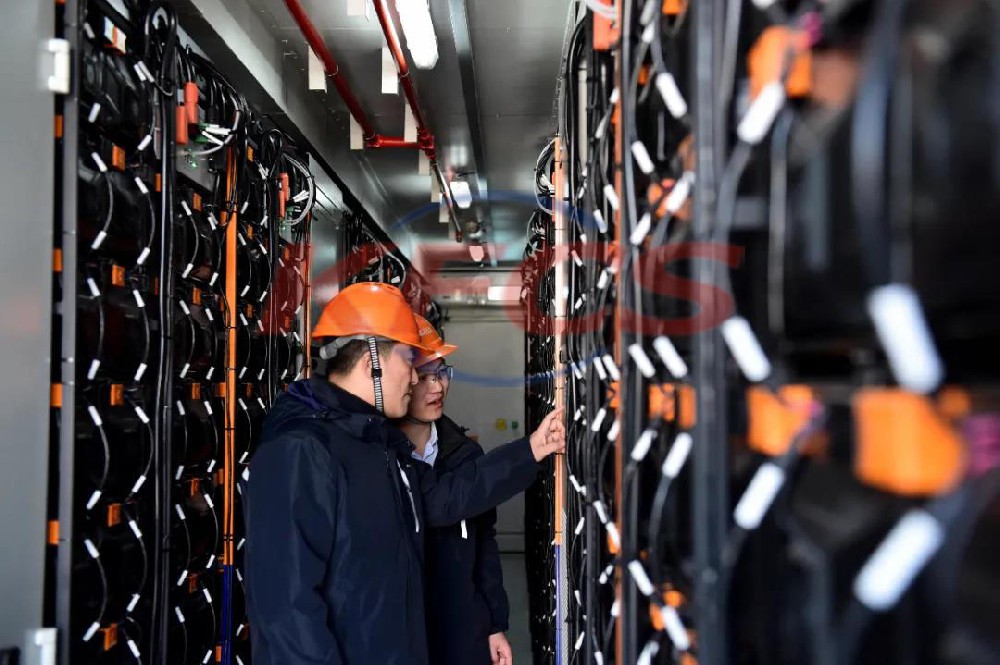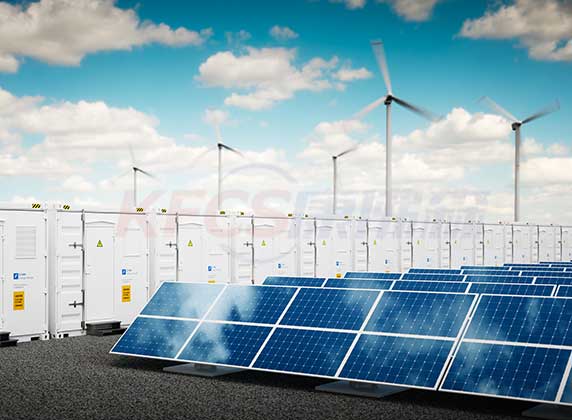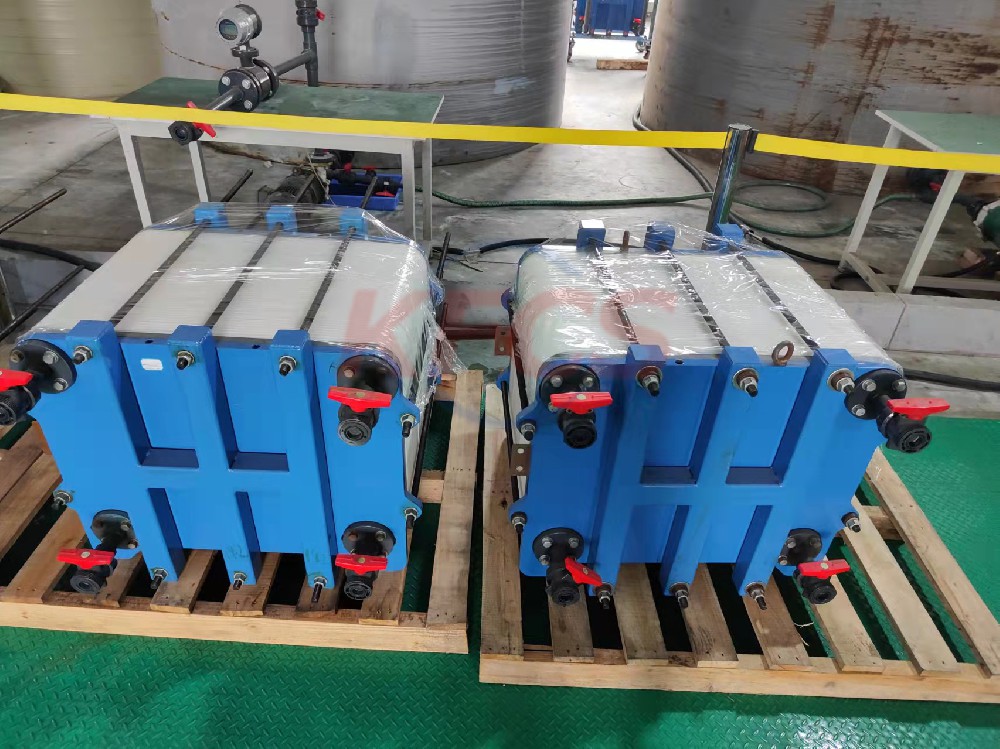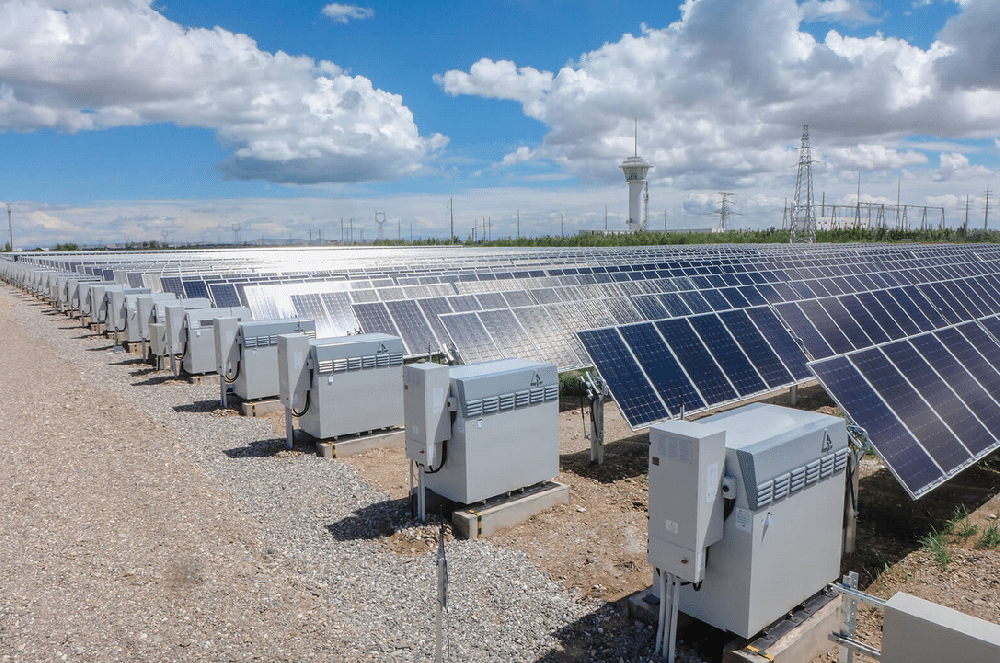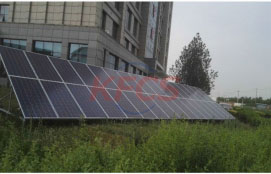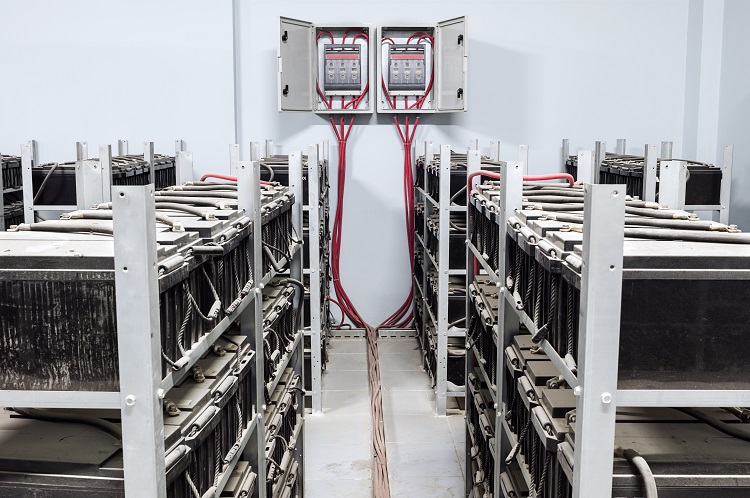The global battery energy storage market is expected to reach US$4.4 billion in 2022
The global battery energy storage market is expected to reach US$4.4 billion in 2022
According to data recently released by global market research institutions Markets and Markets, the world battery energy storage system market is expected to reach US$4.4 billion in 2022, and this figure is expected to increase to US$15.1 billion by 2027, with a compound annual growth rate of 27.9%. .
Opportunities & Challenges
Rising demand for grid energy storage systems owing to ongoing grid modernization, and substantial growth in renewable energy due to energy transition are major factors contributing to the rapid growth of this market.
Solar and wind energy are the most prominent types of renewable energy stored in the grid. However, the occlusion of the sun by clouds or fluctuating wind currents can lead to changes in the process of energy production. This fluctuation creates a need for flexible grid systems for storing energy. Battery energy storage systems are becoming an integral part of grid modernization.
These systems help grid operators save electricity when electricity generation exceeds electricity demand. The adoption of battery energy storage systems also helps to improve the reliability and flexibility of the power supply system in terms of generation, transmission and distribution.
However, the high capital expenditure required to install battery energy storage systems is restraining the market growth. On the other hand, the surge in the number of rural electrification projects around the world, the increase in the number of data centers leading to increased demand for continuous power supply, and the fall in the price of lithium-ion batteries are expected to create huge opportunities for battery energy storage systems in the coming years. In addition, battery energy storage system manufacturers face challenges due to the complexity of installing battery energy storage systems in islands or remote areas, overheating of lithium-ion batteries, and aging of lithium-ion batteries.
However, the COVID-19 virus pandemic that swept the world in early 2020 has severely impacted the global economy and all industries. The total lockdown imposed by countries in the early stages of the epidemic has severely affected people's livelihoods and quality of life.
This has led to disruptions in global supply chains. Economies around the world have slumped as demand for the product has plummeted. Production in various industries has been limited due to shortages of raw materials due to the pandemic. Falling exports and supply chain disruptions were the main factors contributing to the decline in production.
The sudden outbreak of the novel coronavirus has adversely affected the growth of utility applications. In 2021, the installation of battery energy storage systems in various projects will decline. However, the increasing installation of battery energy storage systems in operational projects and the increasing government emphasis on modernizing the power sector are expected to increase battery adoption, thereby increasing the demand for battery energy storage systems. However, market value may not reach pre-COVID-19 levels until 2027.
High investment cost is the main factor restricting market growth. Battery energy storage technologies, including lithium-ion, flow batteries, and lead-acid batteries, require increased installation investment due to the high energy density and improved performance they offer. Lithium-ion batteries are expensive because they offer high energy density, low self-discharge rates, and require less maintenance.
However, the cost of lithium-ion batteries is expected to drop in the future. These batteries are also used in electric vehicles (EVs) because of their light weight, compactness and high capacity. In addition, the high initial investment cost required for flow battery manufacturing is also a major factor restraining the market growth.
market segment analysis
Rural electrification is the process of achieving electricity supply in rural or remote areas. Battery energy storage systems are effective for rural electrification. Countries around the world are struggling to develop remote areas, such as remote rural areas and peri-urban areas, especially in developing countries, as well as small islands separated from the national grid.
Therefore, they need to provide reliable and uninterrupted power using both renewable and conventional energy sources to improve overall system efficiency and ensure economic savings over the entire system life cycle. Installing battery energy storage systems in rural areas will serve as a solution to provide businesses and local communities with a reliable and safe power supply.
However, deployment of battery energy storage systems on islands or remote areas will face many challenges, especially related to environmental conditions such as temperature changes during the day and night, expensive maintenance costs due to difficult commutes to these locations, and lack of equipment installation infrastructure .
In terms of battery type, lithium-ion batteries will occupy the largest share of the battery energy storage system market in 2021 and is expected to remain unchanged during the forecast period. The growth of this segment is attributed to the advantages of batteries such as high energy and power density, which result in low standby losses and a high life expectancy of about 5-15 years and 98% efficiency. In addition, lithium-ion sulfur battery energy storage systems support frequency regulation, demand-reducing charging, grid buffering, and renewable energy integration for grid-connected connections.
In terms of installations, grid-connected systems accounted for the largest share of the battery energy storage systems market in 2021 and are expected to maintain a significant CAGR during the forecast period. Compared to off-grid systems, grid-connected connections have lower upfront costs because excess energy is sent to the grid and can be used on a metered basis later.
Decreasing energy bills for customers who rely on utility grid power is expected to drive the growth of this segment. The need for grid modernization by renewable energy providers and new regulatory policies in the energy industry are also driving the growth of the utility grid-connected battery energy storage system market.
From a developer perspective, utility applications will maintain the largest growth rate in the battery energy storage system market through 2027. The utility application market will dominate in 2021. Meeting peak electricity demand is a major factor driving the growth of the utilities market.
Utility BESS provides power quality, frequency and voltage control services in case of sudden fluctuations in energy supply. Battery energy storage systems enable grid operators to save electricity when there is a surplus of renewable energy. The increasing demand for reliable and efficient power supply in most regions, as well as the growing demand for renewable energy, are the reasons for the high demand for battery energy storage systems in the utility sector.
From a regional market perspective, battery energy storage systems in Asia Pacific is expected to grow at the highest CAGR during the forecast period. The Asia-Pacific region is the center of the battery energy storage system industry. Asia Pacific is expected to witness electrification plans in remote areas.
Energy storage investment in Asia Pacific is expected to increase significantly as governments in developing economies are enacting new policies to improve the reliability and quality of electricity distribution facilities for residential customers. Governments in the region are working to minimise the adverse environmental impact of the energy sector. These factors have led to growth in the deployment of battery energy storage systems in residential and utility applications.
From a service provider perspective, BYD (China), Samsung SDI (South Korea), LG Energy (South Korea), and Panasonic (Japan) are the key players in the market and are expected to continue to dominate the market during the forecast period.

